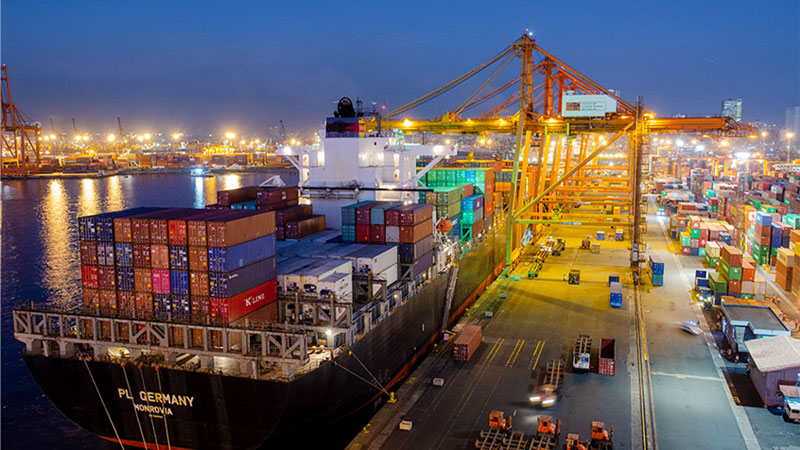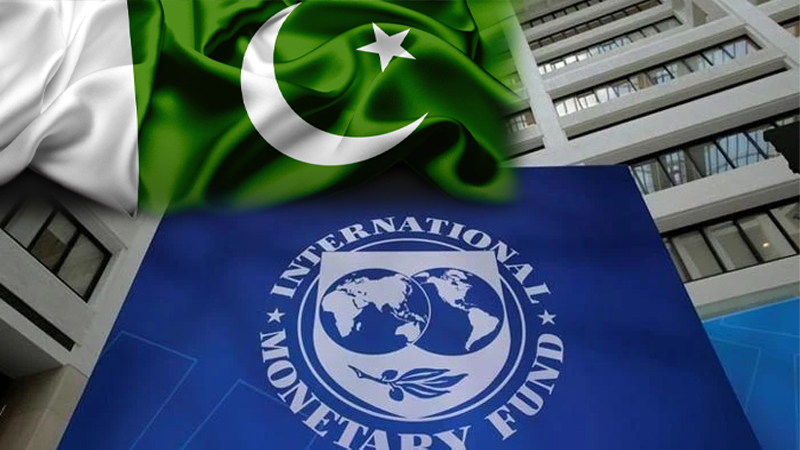Pakistan has surpassed its annual export target, achieving significant strides in curbing the trade deficit for the just-concluded fiscal year. According to data released by the Pakistan Bureau of Statistics (PBS) on Tuesday, the trade deficit stood at $24 billion, marking a substantial reduction from previous forecasts.
The trade deficit figure, $3.4 billion lower than the previous fiscal year, reflects Pakistan’s effective measures in controlling imports while bolstering export momentum, which surged by over 10% during the period. This accomplishment notably outpaced both government and International Monetary Fund (IMF) projections, with the latter initially estimating a $34 billion deficit.
Imports totaled $54.7 billion, a decrease of $464 million compared to the previous year and notably lower than IMF forecasts. Despite challenges such as unnecessary wheat imports contributing to additional expenditures, Pakistan managed to maintain a robust export performance, driven in part by strong rice exports.
The government’s efforts to incentivize exports, including an industrial package aimed at reducing electricity costs for industries, have provided some relief amidst global economic uncertainties. However, monthly export levels fluctuated, with June seeing a slight decline following a peak in May.
Looking ahead, Pakistan faces potential adjustments in import policies under a new IMF arrangement, which could impact external financing requirements. The forthcoming release of the current account deficit figures is expected to provide further insights into Pakistan’s economic trajectory.
The government remains focused on sustaining export growth and managing import dynamics to strengthen the country’s economic resilience amidst evolving global trade landscapes.











Leave a Reply